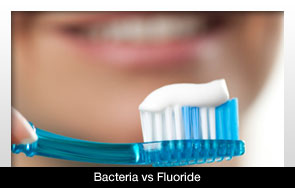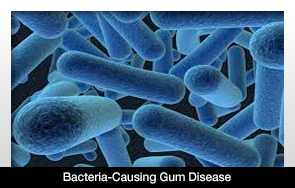 |
Researchers have determined the tactics bacteria use to battle the impact of fluoride, which the bacteria come into contact with from toothpaste and mouthwash.
A Yale University research group explains it findings in the Dec. 22 issue of the online publication Science Express.
The researchers determined there are RNA messages named riboswitches that are capable of noticing buildup of fluoride, enabling the bacteria to utilize defense mechanisms. Some of the bacteria are associated with tooth decay.
The ability of fluoride to attach to teeth and protect the enamel is one of the reasons it has become so prevalent in toothpaste and mouthwash. It fights against acids that the bacteria generate.
These riboswtiches that have been detected, however, have a way to fight the impact Bacteria fluoride generally has on bacteria.
Based on the negatively charged fluoride and many RNA sensor molecules, the two entities should not be capable of binding, based on most logic. But that wasn’t the case in this study.
It was also determined that these RNAs are ancient. This indicates many organisms have had to experience toxic levels of fluoride. Since humans don’t have fluoride riboswitches and the protein associated with the bacteria, it’s possible the fluoride defensive systems could be a target area of drugs.
Despite this information, it’s still unclear as to the mechanism humans use to beat high fluoride levels. Also, the debate over how fluoride truly impacts people will continue despite the information provided by this study.

|










